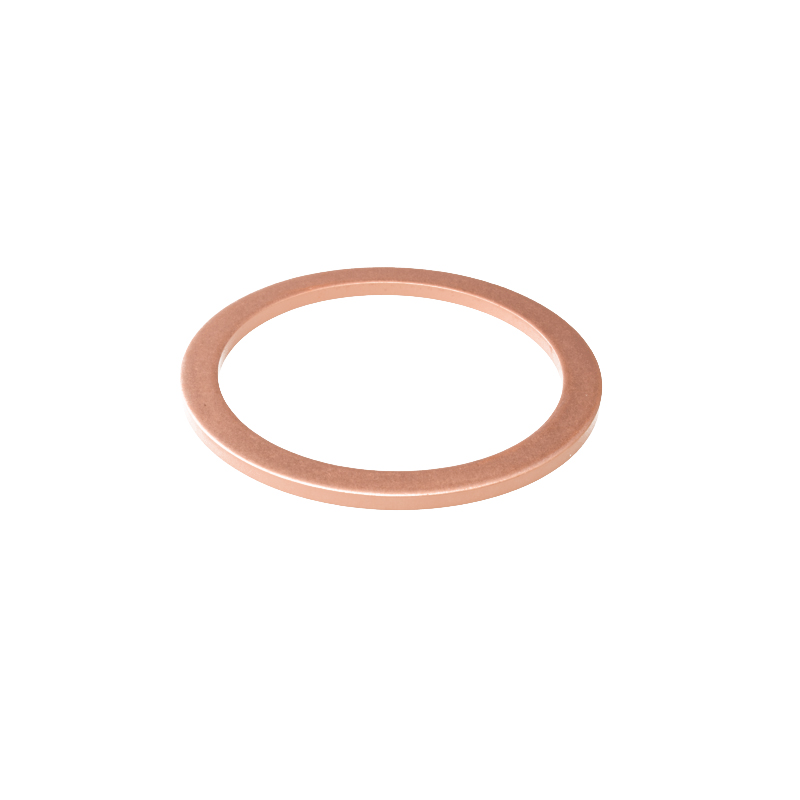Understanding Steering Oil Seals and Their Importance in Vehicle Maintenance
Understanding Steering Oil Seals Importance, Functionality, and Maintenance
In the realm of automotive engineering, every component plays a crucial role in ensuring proper vehicle functionality. Among these, the steering oil seal is a critical part, often overlooked during routine maintenance checks. This article delves into the importance of steering oil seals, their functionality, and ways to maintain them for optimal performance.
What is a Steering Oil Seal?
A steering oil seal is specifically designed to prevent the escape of steering fluid from the steering mechanism, which includes the power steering system and steering gear. Made from durable materials such as rubber or synthetic compounds, these seals create a barrier between the moving parts of the steering system and the external environment. Their primary purpose is to maintain the integrity of the steering fluid, which is essential for effective steering control.
Functionality of Steering Oil Seals
The steering oil seal plays a vital role in the overall performance of the power steering system. Power steering fluid is necessary to assist in the steering process, making it easier for drivers to maneuver the vehicle. The seal ensures that this fluid remains contained within the system, preventing leaks that could lead to a decrease in fluid levels and potential steering failure. Additionally, the seal aids in keeping contaminants such as dirt and moisture out of the steering mechanism, helping to prolong the lifespan of the components.
When the steering oil seal is functioning correctly, drivers can enjoy smooth and responsive steering
. However, if the seal wears down or gets damaged, it can lead to fluid leakage, resulting in a range of issues, including difficulty in steering, increased steering effort, and, in severe cases, complete steering failure.Signs of a Failing Steering Oil Seal
steering oil seal

There are several telltale signs that may indicate a problem with the steering oil seal. One of the most obvious signs is the presence of power steering fluid leaks under the vehicle. If you notice puddles of reddish-brown fluid (the typical color of power steering fluid) beneath your car, it’s crucial to inspect the steering system. Additionally, drivers may experience a change in steering feel, often described as a stiffness or a loss of responsiveness. Unusual noises, such as whining or groaning sounds when turning the steering wheel, can also signal that the steering oil seal is compromised.
Maintenance Tips for Steering Oil Seals
1. Regular Inspections Conduct routine checks of the steering system, including the oil seals. Look for signs of wear, cracks, or leaks. Keeping an eye on the condition of the seals can help catch problems early before they lead to more significant issues.
2. Fluid Replacement Ensure that the power steering fluid is replaced according to the vehicle manufacturer’s recommendations. Dirty or degraded fluid can wear down seals more quickly.
3. Avoid Excessive Force Abrupt maneuvers and parking on uneven surfaces can put unnecessary strain on the steering components, including the seals. Practice gentle steering techniques to prolong the life of the seals.
4. Professional Maintenance If you suspect issues with the steering oil seal, it’s wise to consult with a professional mechanic. They can perform a thorough diagnosis and recommend any necessary repairs or replacements.
Conclusion
The steering oil seal is a small yet vital component in a vehicle’s steering system. Understanding its importance, how it functions, and the signs of failure can help drivers maintain their vehicles more effectively. By taking proactive measures and ensuring regular maintenance, drivers can enjoy not only a safer driving experience but also extend the lifespan of their vehicle's steering system. Neglecting this simple yet significant component can lead to costly repairs and unsafe driving conditions, making it imperative for vehicle owners to stay informed and vigilant.
-
Understanding the Front Main Engine Seal: Purpose, Maintenance, and Installation
News Jul.29,2025
-
Understanding O-Rings and Seal Rings: Types, Applications, and Custom Solutions
News Jul.29,2025
-
Understanding Crankshaft Oil Seals: Rear Seals, Pulley Seals, and Their Role in Engine Integrity
News Jul.29,2025
-
The Importance of Front and Rear Crankshaft Seals in Engine Performance and Oil Management
News Jul.29,2025
-
Crank Oil Seals: Functions, Types, and Cost Considerations in Engine Maintenance
News Jul.29,2025
-
A Comprehensive Guide to O-Rings and Seals: Types, Materials, and Global Applications
News Jul.29,2025
-
Mastering Diesel and Performance Engine Maintenance: A Guide to Critical Oil Gaskets
News Jul.28,2025
Products categories















